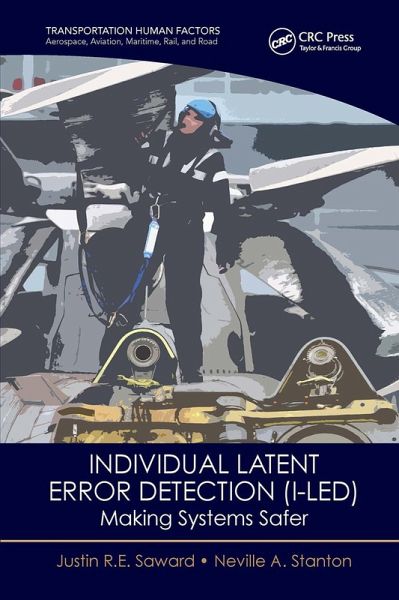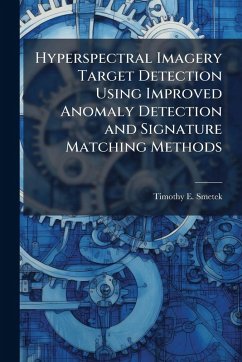
Individual Latent Error Detection (I-LED)
Making Systems Safer

PAYBACK Punkte
34 °P sammeln!
This book adds to workplace safety measures by applying systems thinking to I-LED (Individual Latent Error Detection) concept to maximize benefits in safety resilience. I-LED changes safety management by using resilience in the workplace through operator competence to detect latent error conditions, which is missing in current safety strategies.














